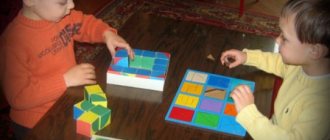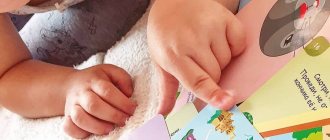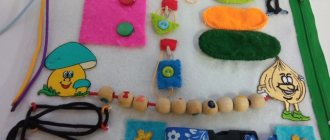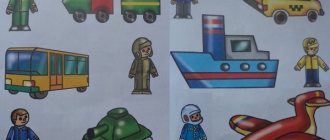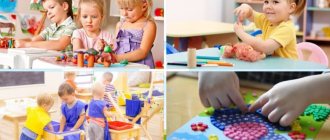Basic principles of teaching a 2 year old child
Parents do not always have the opportunity to send their child to kindergarten from the age of two. In such cases, it is recommended to organize training and creative activities at home yourself. It is important to note that all exercises must be performed in a playful manner. It is strictly forbidden to force children to do something without desire. This can completely discourage you from learning in the future.
Classes from 2 years old
Classes for children aged 2-3 years are very easy to organize on your own. For this purpose, there are a huge number of educational games and didactic materials that allow you to diversify your activities. Any activity should be bright, interesting, and deliver only positive emotions. Children immediately lose interest as soon as they realize that they are forcing them.
First lessons
- We learn to count - we play the first mathematical games;
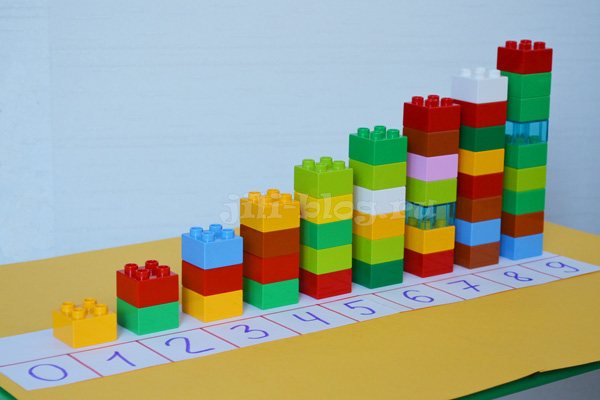
- We study geometric shapes;
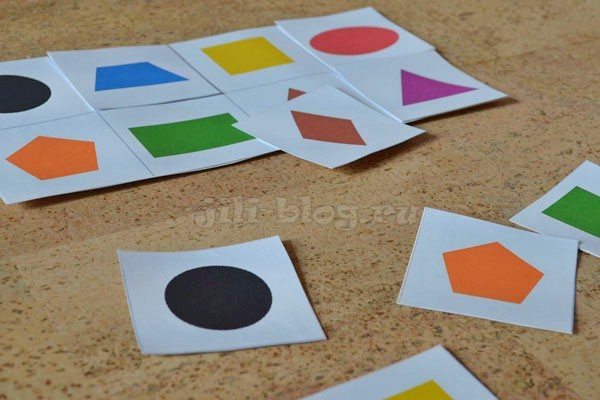
- Learning colors;
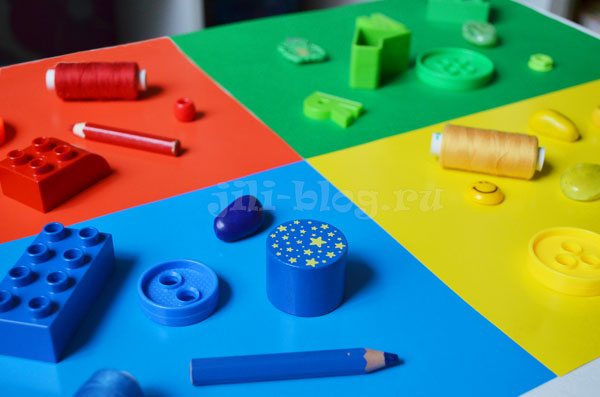
- Playing with words and letters;
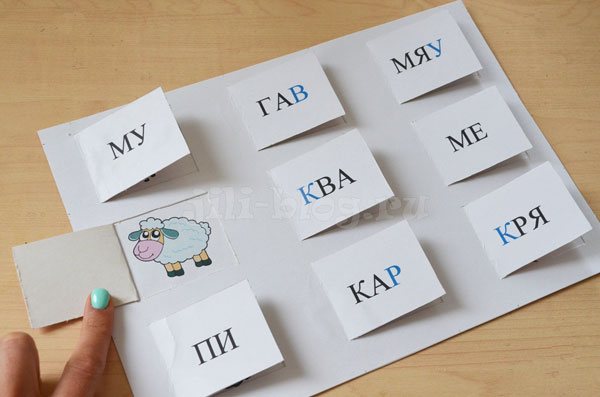
- We teach who lives in which house (a squirrel - in a hollow, a dog - in a booth, a mouse - in a hole, etc.);
- We teach who eats what (monkey - bananas, hare - carrots, mouse - cheese, etc.)
- Getting to know the seasons;
- We learn to classify objects into groups (clothing, dishes, transport, furniture, etc.), find what is superfluous in a group of objects;
- Remember the names of the fingers;
- We look through Doman’s cards (we study simple facts using them) or other didactic material that expands the child’s horizons;

A two-year-old child and the peculiarities of his thinking
Psychologists say that the second year of life for children is a period of crisis. They begin to actively study the world around them and realize the difficulties it can bring them.
On a note! The task of parents is to help the child overcome the crisis period.
Parents often make a big mistake, believing that at two years old it is not worth teaching a child anything, since he will not understand. But when they begin to raise him, it turns out that time is lost. In the first five years of a child’s life, the foundations of education are laid. The most important years are considered to be 1.5-2.
At the age of two years, the child should speak. Thanks to this, the development of his self-awareness accelerates. It is through speech communication that he receives most of the information that is necessary for development. It is important for parents to pay as much attention as possible to speech formation during this period. At the age of one and a half years, the baby already knows how to call a spade a spade. By the age of two, he already develops the ability to combine up to three words into a phrase.
Important! When a child reaches his third year, his thinking changes from visual-effective to visual-figurative. It differs in that all actions with material objects are replaced by images. The internal development of thinking is based on the formation of concepts.
By the end of the second year, children begin the “why” period. The child becomes persistent, he demands an answer to the question posed. The attitude towards the answer received is already expressed. At three years old, the child begins to see himself from the outside; he is already able to control his behavior.
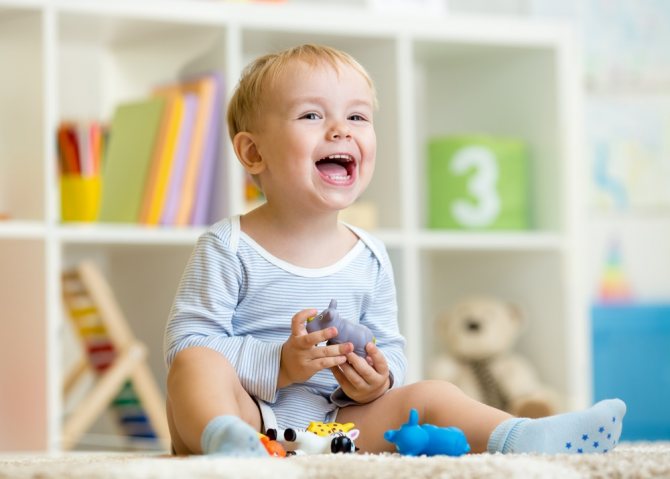
Features of development
How to teach a child to read correctly or Which method of teaching reading to choose?
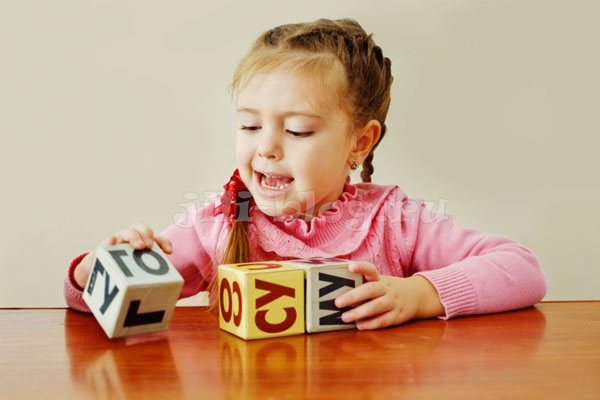
Gone are the days when children who could not read were sent to school. Nowadays, children are being introduced to literacy much earlier, and this responsibility, as a rule, falls on the parents. Some teach children the “old fashioned way” - the alphabet and syllables, while others, on the contrary, take up modern methods of teaching reading, of which there are many now (the most popular of them are the methods of Doman and Zaitsev). What approach should you choose to make learning enjoyable and for your child to really develop a love for books? After all, you can praise a new modern method as much as you like, but if classes on it are carried out under pressure and only spoil your relationship with your child, then it is worthless.
Today I will try to highlight the basic methods of teaching reading, their advantages and disadvantages, and also talk about how to interest a child in reading. I really hope that the article will help you decide on the direction in which you need to move. Well, read about specific games and activities in the new section “Learning to Read.”
Developmental activities at home with mom, exercises for every day
The task of parents is to spend as much time as possible with the child and organize his leisure time. First of all, you need to start classes with hand motor skills. It is necessary to get your child interested in building houses from cubes. You should start with the simplest figures, gradually increasing complexity. It is important to constantly talk to the children during the game and explain every action of the owl. There must be praise.
Children aged two to three years show great interest in household chores. Don't discourage yourself from helping your mom. You can invite your baby to sweep or wipe off the dust themselves. You should always invite your child to help their parents. If you don’t do this, you will have to force him at an older age.
Some parents prefer to hire professional nannies to work with their children. This is a big mistake. At an early age, a baby really needs to communicate with his mother. Any exciting game unites and brings parents and children closer together. It is very useful to play with the whole family.
Important! It is recommended not just to select activities, but to focus on the child’s specific abilities. It is best to alternate creative games with active ones. It is important to observe the time of the classes; they should be no more than twenty minutes. It is still very difficult for children to concentrate on one subject for a long time.
Road safety lessons for children in kindergarten
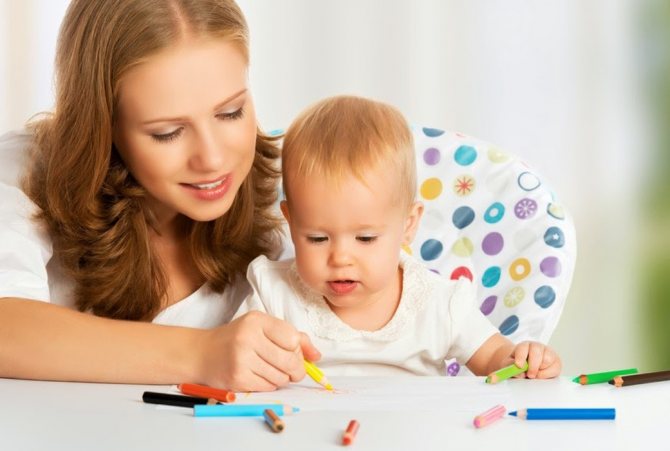
Activities with mom
Developing baby's speech
At two years old, a child not only knows the name of an object, but also knows how to describe it. It is necessary to develop his skills, describe color, size. It is important during this period to pay as much attention as possible to reading poems and fairy tales. You can organize theatrical performances. At this age, children love not only to listen, but also to watch.
Closer to the age of three years, when the child can compose small sentences, you can ask him to complete the sentence while reading fairy tales. For example, pause while reading and invite your child to finish the phrase on their own.
It is recommended to use facial expressions and body movements while reading and telling fairy tales. After each fairy tale you read, you need to discuss it with your child. Let him express his opinion about the heroes. This will help develop memory and attention.
Important! It is necessary to put the speech correctly. Parents must remember that the child clearly repeats everything after the parents. In order for your baby to speak correctly, you need to control your manner of speaking.
You can find many manuals and books with rhymes that are designed to develop speech. They are often used by speech therapists for classes. For example, kids really love poems about animals. While reading, you can teach your child how this or that animal makes sounds. You can print out colorful pictures of animals, show them to your baby and ask them to say how it talks.
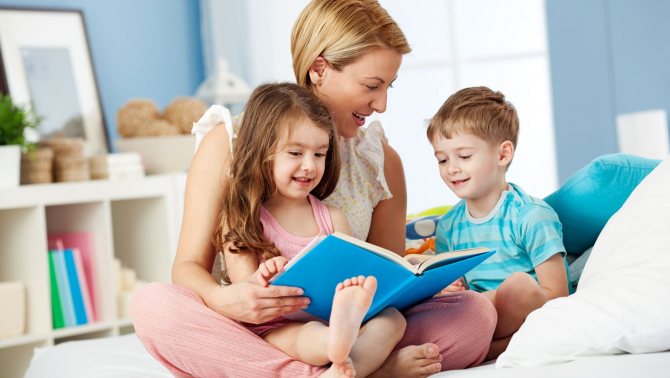
Reading books
Hand coordination and motor skills
From the age of one and a half, children begin to show interest in sensations. They are fascinated by their hands and often look at them. During this period, the development of fine motor skills is important. It is important for parents to teach their child how to control their hands correctly. All activities for developing motor skills should include finger play. You can use entertaining rhymes or come up with a story yourself. Such activities will help develop coordination.
During this period, physical contact with parents is very important for every child. You need to touch the baby’s hands more often, stroking his palms. When the nerve endings located in the fingers are activated, the parts of the brain that are responsible for the speech apparatus begin to work intensively.
On a note! To develop fine motor skills, you can offer your child games with cereals and buttons. It is worth preparing material of different textures. For example, a piece of leather fabric and fur. You need to teach your child to compare objects based on sensations.
Modeling plays an important role in the development of coordination and motor skills. You need to start with the simplest figures, invite your child to roll a sausage or a ball. After mastering basic skills, you can begin to sculpt more complex shapes. Classes need to be gradually made more difficult.
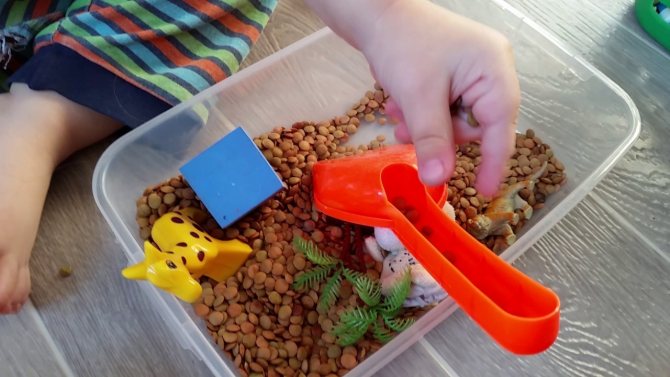
Motor development
Mindfulness Exercises
Developmental activities for children 2-3 years old should be aimed at developing attention. This is an important quality that needs to be developed from early childhood. If you miss this moment, the baby may become absent-minded. This will further complicate the learning process.
On a note! A two-year-old child most often does what interests him. He very quickly switches attention from one subject to another. In the period from 2.5 to 3 years, the transition from passive attention to active occurs. It is important not to miss this moment.
Little children love to play hide and seek. This is a universal game that can be played not only at home, but also outside in summer and spring. You can hide a toy at home and ask your child to find it. Each time you need to hide the toy in a new place.
You can come up with a fun game: draw and cut out mushrooms, hide them throughout the room, then invite your child to collect all the mushrooms in a basket.
Excellent development of attention and understanding in the construction of structures according to drawings. You can draw them yourself. This lesson is difficult for a two-year-old child, so parental help is required. But gradually he will master the principle, and the lesson will give excellent results.
Open lesson in a preparatory group on the surrounding world
It is important for children to develop the skill of switching attention from one subject to another. This will be useful in future educational activities. This skill needs to be given time from early childhood. For example, during an exciting game, you can ask your child a distracting question; if he responds to it, then the development process is going correctly.
Important! Children need to learn to mind their own business and answer their parents' questions at the same time. For example, a baby may be passionate about drawing, but at the same time answer what he did in kindergarten.
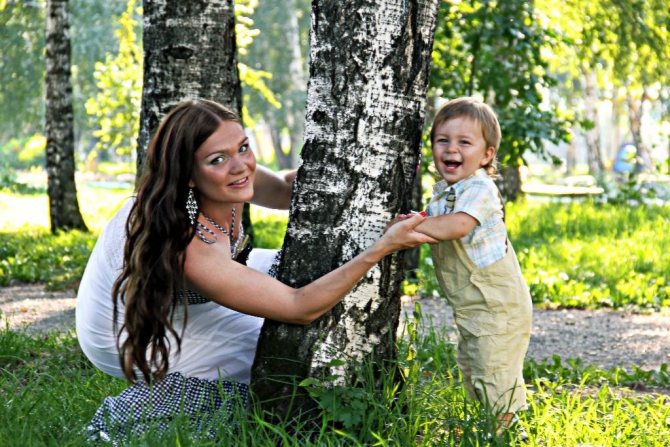
Hide and seek for developing attention
Baby's memory development
When learning the process of how to deal with a 2-year-old child, it is important not to miss the development of memory. At birth, the baby does not react to anyone, then gradually begins to remember its parents. At one year old, he already knows all the family members well and recognizes his favorite toys.
At the age of two years, children have involuntary memory. He is able to remember certain words, small poems. It is important at this age to begin to develop memory. To do this, you can use simple games:
- Read a fairy tale before bed, and then in the morning ask your child what it was about. It is recommended in the evening to ask the baby how his day was, what interesting things he did.
- You can invite the child to look at the picture, then hide it and after a while ask him to tell what was drawn on it. If he finds it difficult to answer, you can help with leading questions.
On a note! As a game for attention, you need to lay out three or four toys in front of the baby and tell about each of them. Then you need to ask the baby to turn away and hide one toy. The child must say which one is missing.
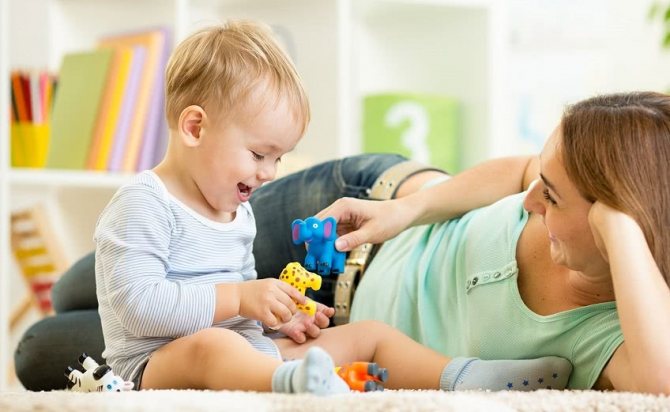
Development of attention
Development of thinking and perception in children 2-3 years old
Children as young as two years old are primarily interested in bright objects. If you want to play logic games, you need to choose only one subject at a time. For example, today only a pyramid is assembled, the next day a house is built from cubes.
It is important for two-year-old children to study colors. GEF assignments suggest starting with plain cards. You can show them to the baby and tell them what color it is. Repeat until the baby remembers. Then you can make the activity more difficult. For example, collect colorful balls and ask the child to sort them by color.
Important! Didactic games with cards develop thinking well. For example, pictures are cut into two halves. The child must logically find a pair for each picture. You can take a mother animal and her babies.
What is the “three-year crisis”?
The behavior of most children at the age of 3 changes strikingly, causing misunderstanding and panic among parents. Mom begins to worry that she missed something in her upbringing, but in fact these are absolutely normal changes for children of this age.
The main signs of the “3-year crisis” are:
- Negativism of a child. The baby answers “no” to all proposals from adults.
- Stubbornness. The child insists on his own opinion and proposal.
- Refusal to do things that were previously done without any problems, for example, the child does not want to eat, wash or brush his teeth.
- The desire to do everything on your own, even if you don’t know how. The child is in no hurry to seek help.
- Conflict behavior. The child rebels and protests against almost everything the parents say.
- Depreciation. A previously calm, quiet baby may begin to demonstratively throw and break toys, spoil things, and swear.
- Jealousy. It is especially pronounced when there are other children in the family, but can also be directed at the father.
The appearance of such changes in the behavior of a three-year-old child is associated with the baby’s awareness that he is already old enough to influence circumstances and other people, and is also capable of making decisions. The child considers himself big and wants to be respected. He rebels against the command of his parents, so he becomes stubborn, screams, and is hysterical. However, contradictory behavior is no less difficult for a child to bear than for his parents. The baby cannot understand what is happening to him, and also cannot control his own emotions.
How to respond to a child’s tantrums and whether it is worth fulfilling his demands, see the program by E. Komarovsky.
To survive such a crisis period without much difficulty, parents can be advised to do the following:
- Change your communication strategy with your baby. Recognize that the child has grown up and can be independent. Stop doing for your child what he can handle on his own.
- Always offer choice or the illusion of it. For example, if there is a walk ahead, ask the baby how you will go down - by the elevator or along the steps, and if lunch is coming, ask which plate the child will eat from - red or green.
- Don't force your child to do anything, but offer to help you. For example, you are about to cross the street. Do not tell your child that this is dangerous and that you must hold an adult’s hand, but offer to take you across the road because you are afraid of cars.
- Give your child more time for any action so as not to rush.
- If your child gives an ultimatum, answer “no” and try to remain calm. Ignore the screams, falls on the floor, and glances from passers-by. If you follow the lead, this behavior will repeat itself more than once.
- Pick up a child who has fallen on the roadway or in a puddle, take him to a safe place and leave him there to scream.
- Don't criticize or scold your child after a tantrum. It’s better to teach your baby to express his emotions in words.
If you have children growing up with a small age difference, watch the following video by Larisa Sviridova (Lara’s mother). You will learn how to respond to an older child’s aggression towards a younger one.
Lesson plan for a 2 year old child at home for a week
Mothers with small children never have free time. In order to conduct classes correctly, taking into account all the necessary aspects of development, it is recommended to draw up a detailed plan for the week. The outline will help you clearly see whether all aspects of educational activity are covered. Activities may vary depending on the time of year. For example, in the summer it is best to spend more time walking, where you can also come up with educational games for children.
A sample lesson plan might look like this:
- Monday: exercises, reading rhymes, repeating what you read, modeling from plasticine.
- Tuesday: dancing and playing with musical instruments, for example, a procession with drums; leaf applique; game with cereals.
- Wednesday: exercise outside in case of good weather; painting with finger paints, building a house for a bear cub and a garage for his car.
- Thursday: musical morning warm-up, theatrical performance of the kolobok fairy tale; making a dough ball.
- Friday: exercises with reading rhymes, playing with water (pouring liquid from one vessel to another, reading a fairy tale and a short retelling.
- Saturday: trip to the zoo, on the way back ask clarifying questions about who the child saw at the zoo, please describe the animals. Drawing animals from the zoo.
- Sunday: exercises, didactic game of halves “who is whose baby”, modeling from plasticine.
On a note! It is very important that parents pay as much attention as possible to activities with the baby and communication. Playing alone alone will lead to the baby growing up withdrawn. This will lead to adaptation problems in the future.
Themed sensory boxes for children (Farm, Africa, Sea, Winter, Dinosaurs, etc.)
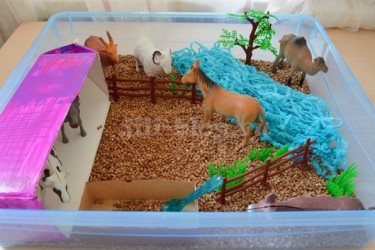
A long time ago I wrote an article about sensory boxes for very young children. These were the simplest boxes, which were designed to diversify the baby’s sensory experience and develop his basic motor skills (folding, rearranging, finger grip, handling a spoon and scoop, etc.). But sensory boxes are not only a great exercise for your fingers, they are also a wonderful platform for role-playing games and themed activities. In a sensory box, you can recreate a small world with its inhabitants and characteristic environment, play out simple life situations and thereby consolidate your child’s knowledge on the topic being studied. Thematic boxes will be discussed in this article.
Popular articles Happy May 1st
Such boxes will be of interest to children from about 2 years old. Perhaps something a little earlier, something later, be guided by the interests of your baby. And children over 3 years old will be happy to take part in creating sensory boxes with you.
Kinetic sand (Ozon, My-shop)
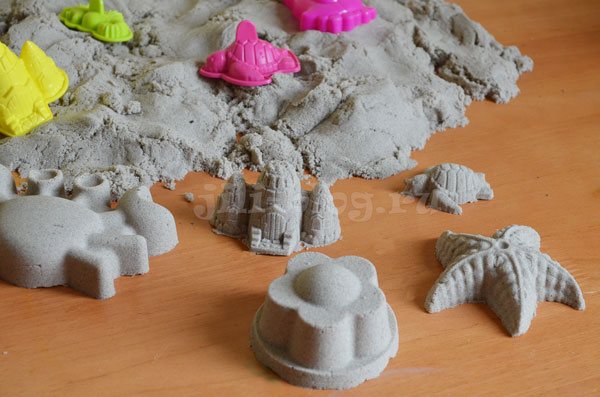
Recently, kinetic sand has become quite popular and, in general, deservedly so: it is an excellent alternative to regular sand in the cold season, captivates children for a long time, and develops motor skills and imagination with a bang.
Despite the fact that kinetic sand looks similar to wet river sand, its properties are significantly different. It is less crumbly and has a sort of cohesive mass (at the same time, it is not as flexible as play dough or plasticine). In addition, kinetic sand has “fluidity”. So, a tower made from it, after standing for a few minutes, will slowly begin to creep away, while a tower made of ordinary sand can stand for at least the whole day until someone destroys it. However, all this does not mean that kinetic sand is worse or uninteresting to play with!
What do I like about kinetic sand? The main thing is that it always captivated my daughter for a long time. At this age, it was one of the few toys that Taisiya could play with on her own for at least an hour.
In the game we use ordinary sand molds, build castles for princesses and zoos for animals, but most of all, perhaps, we love to cook various pies and sausages with our hands, decorate them, cut them with a toy knife and treat them to everyone.
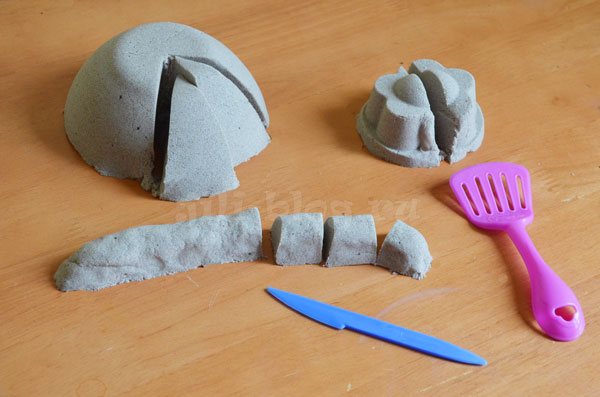
How much sand is enough for play? We have 2.5 kg of sand (from Waba Fun) and this volume has always been enough for us so far. Based on my observations, I can say that up to the age of two, a small amount (up to 1 kg) is sufficient, then the scale of construction increases and one kilogram is no longer enough.
What else is useful to know about kinetic sand:
- The sand is quite “stiff”; a small child (under 2 years old) will not dig it with a shovel.
- Many people complain about the smell from kinetic sand. Yes, the smell is indeed present, but after several days of use a significant part of it disappears and it becomes almost imperceptible.
- If the sand is left uncovered, it does not dry out.
- Kinetic sand is not afraid of water. If water gets in, just dry the sand by spreading it on a piece of newspaper.
That's all. The next article will either be about educational books for children from 3 years old or about sensory boxes for role-playing games, I haven’t decided yet :) What should I publish first?
Sincerely yours, Yana Raznachenko
